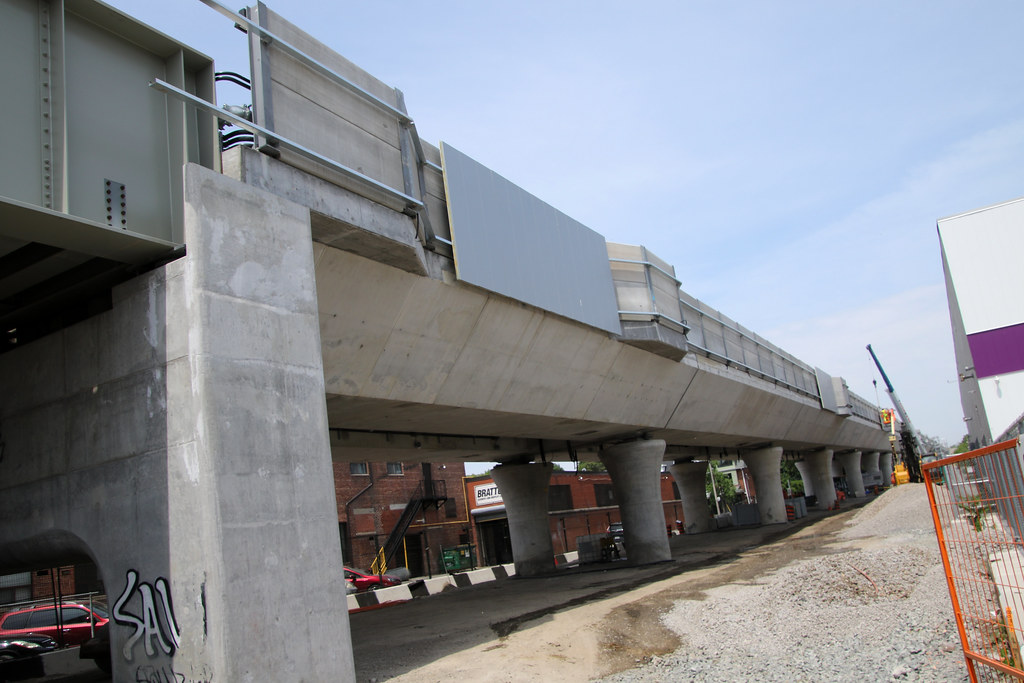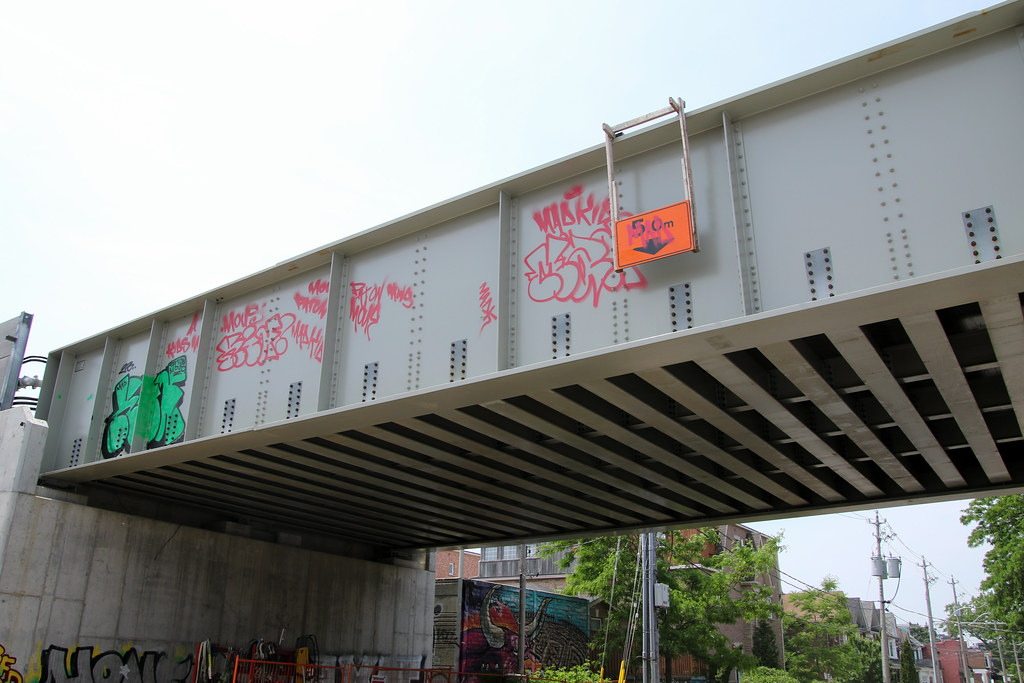ARG1
Senior Member
I'd agree, but there are 2 main issues I see:To create redundancy in the system? To create a more direct North-South route in the West that doesn't force people to detour through chokepoints at St.George or Union? And how do you know that people traveling from Barrie don't want to go to points along the Western part of the Bloor line?
This all seems obvious to me from a transit system perspective.
1) The Kitchener Line is... right there, and will have 4 tracks. This leaves room to have as many infill stations as you want while still being able to run express/super express services if the province wished, and could easily act as the "North South Connector" of the area, at least until Weston.
2) The Barrie Line isn't quad tracked, so every additional station will necessarily impact the travel time of the entire line (this is why according to the auditor general, adding stations like Kirby will result in a net negative riders on the line). While electrification, (and later on EMUs will help) will improve travel times, and one could argue that that's enough to offset the additional travel times caused by stations, its still important that the Barrie Line is 101km long, with potential to extend it further (Collingwood, and potentially Orillia/Washago if we can find a new ROW) - every extra bit of time and speed is valuable.
Now should there be some infill stations along the corridor? Sure, and I don't disagree that Bloor (at least with the current state of Toronto Transit) would be a pretty good place to put one. But long term I'm not sure how important it would actually be. I honestly imagine stations like Caledonia and Concord (if built right at least) would be more valuable in the long term for regional connectivity and letting people transfer to where they need to go. Plus, if we ever get the midtown line up and running, that would absolutely be more useful.




